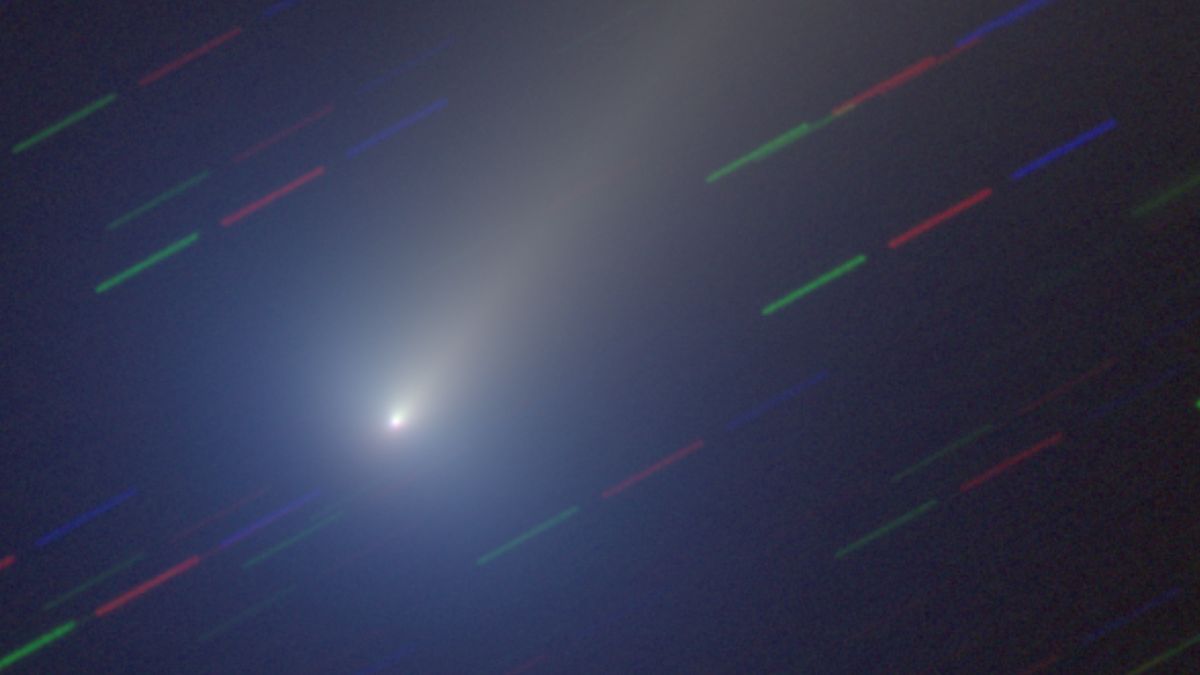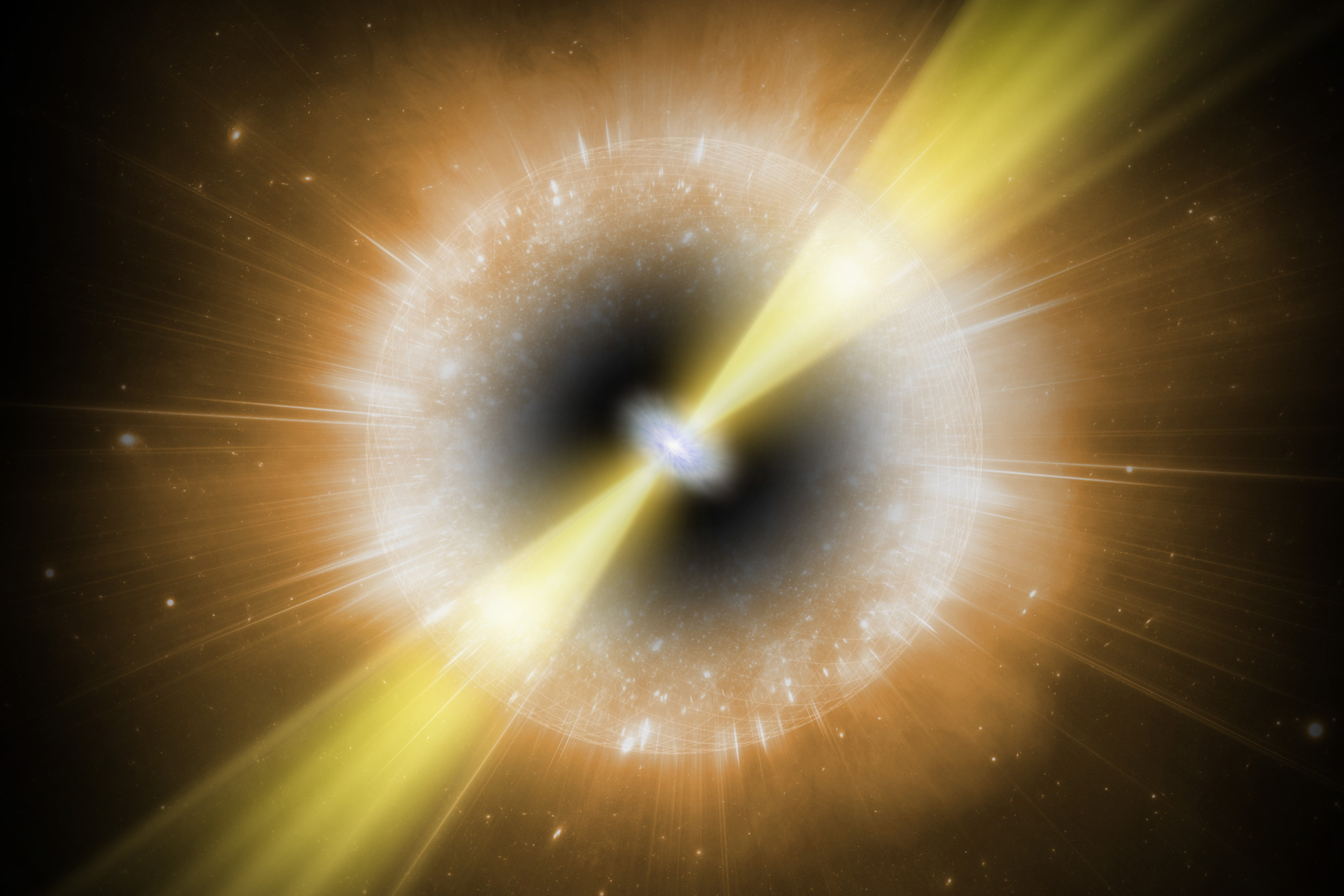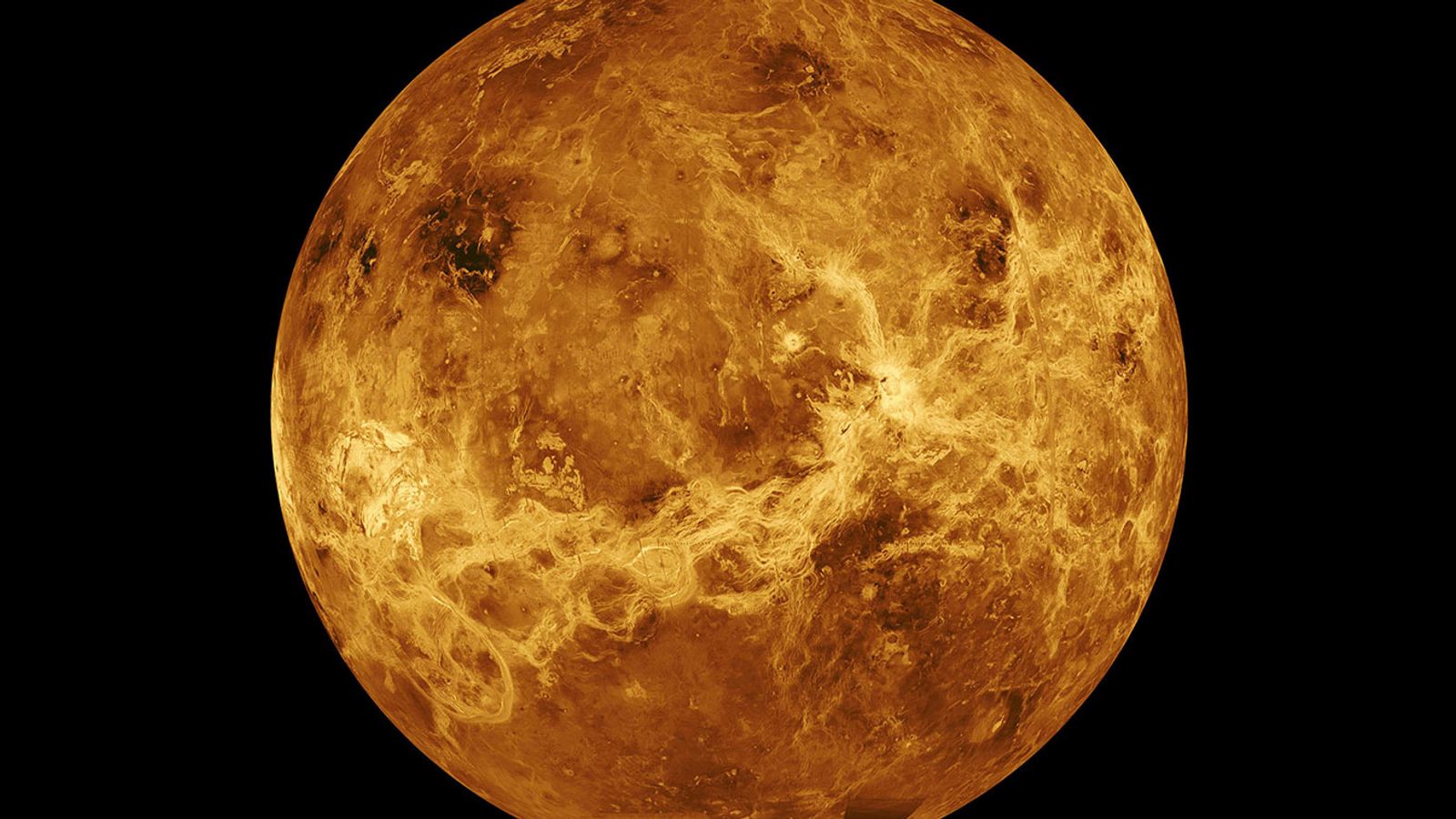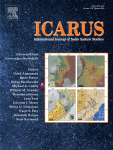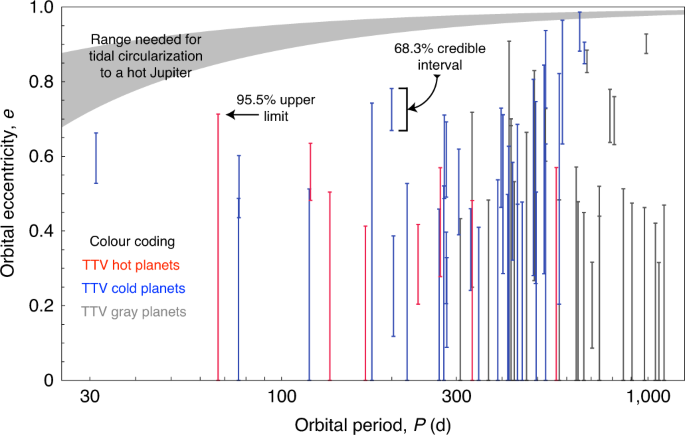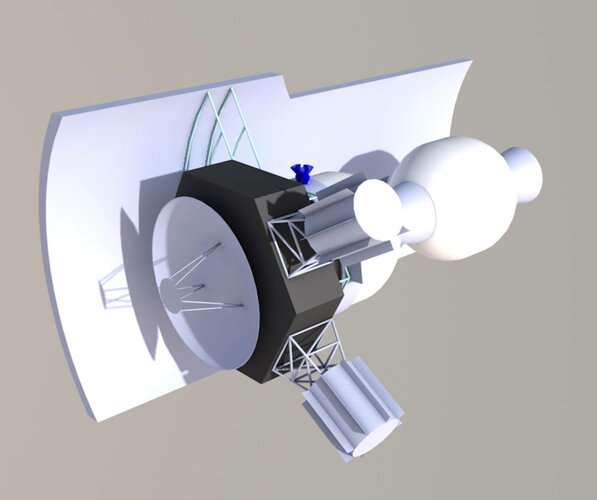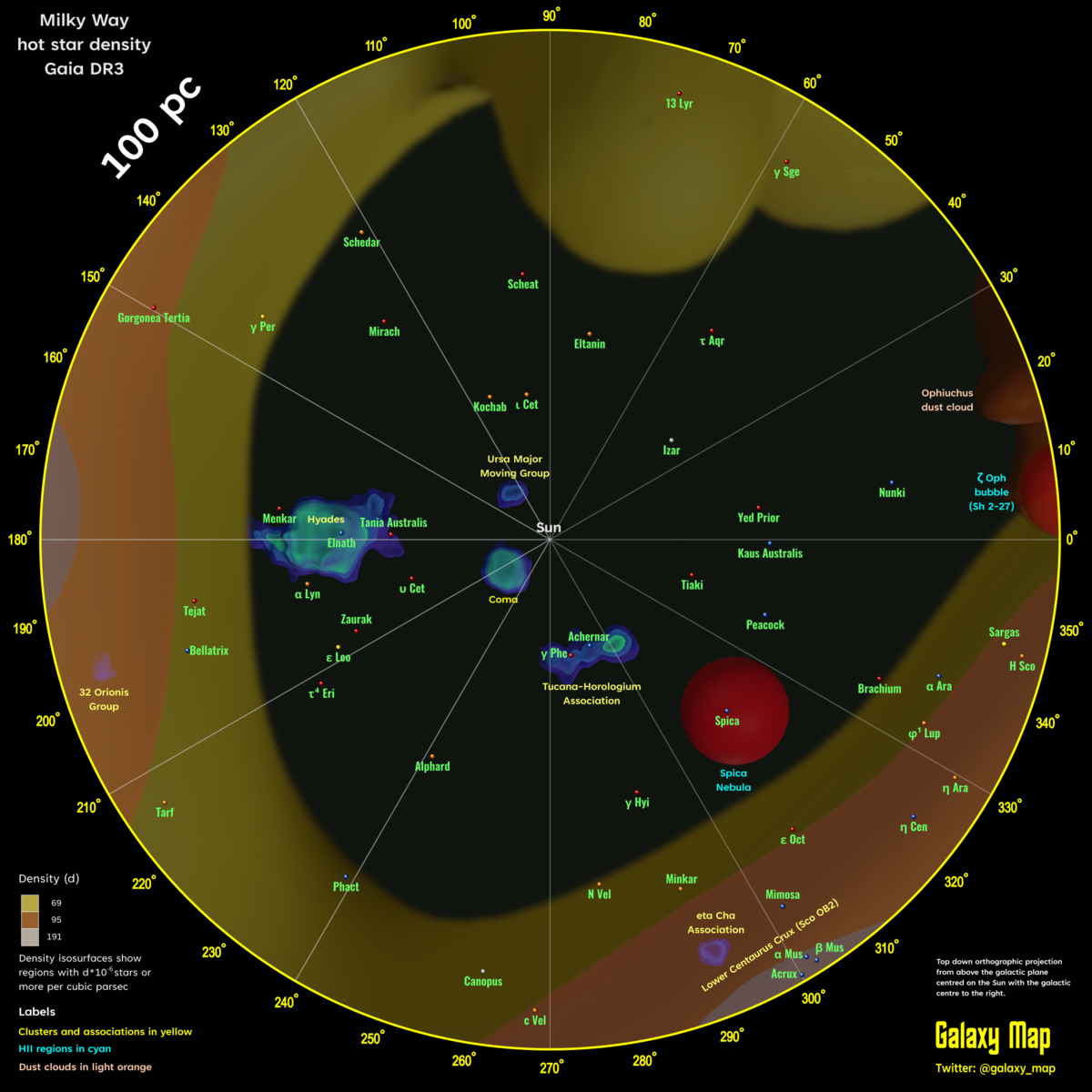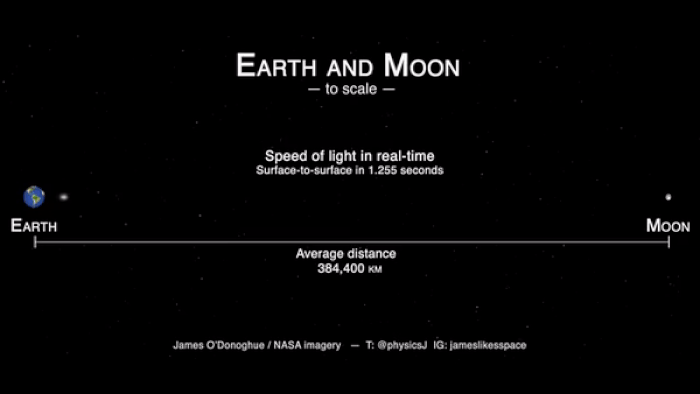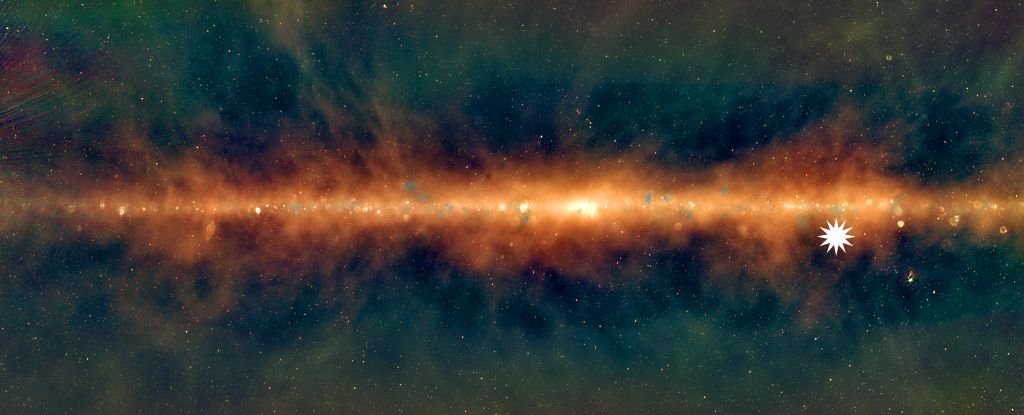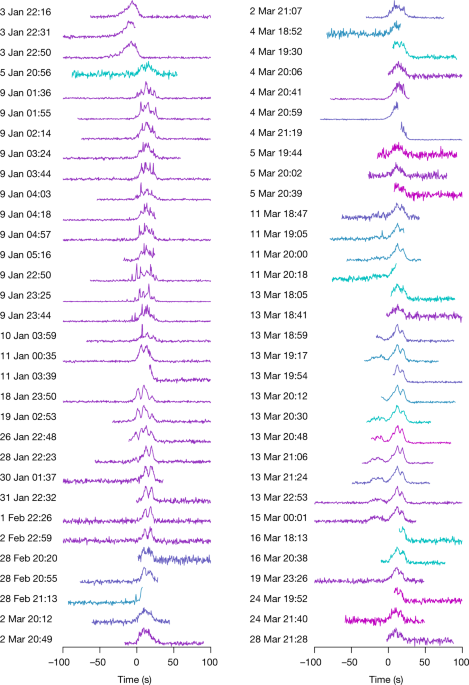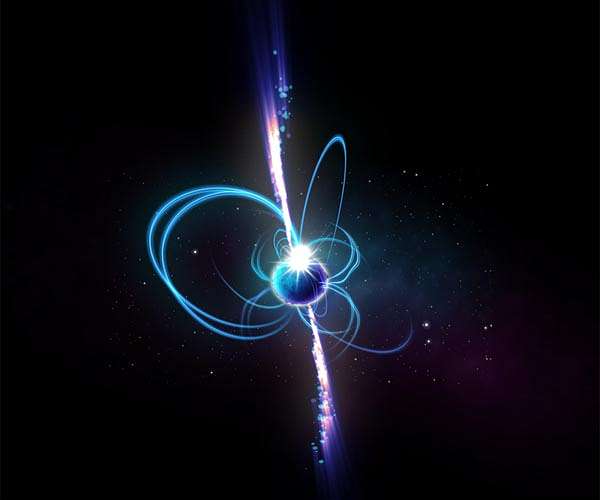- Joined
- 21 January 2015
- Messages
- 12,152
- Reaction score
- 16,360
A young, sun-like star may hold warnings for life on Earth

 www.colorado.edu
www.colorado.edu
Related paper:
Probable detection of an eruptive filament from a superflare on a solar-type star
Abstract
Solar flares are often accompanied by filament/prominence eruptions (~104 K and ~1010−11 cm−3), sometimes leading to coronal mass ejections that directly affect the Earth’s environment1,2. ‘Superflares’ are found on some active solar-type (G-type main-sequence) stars3,4,5, but the filament eruption–coronal mass ejection association has not been established. Here we show that our optical spectroscopic observation of the young solar-type star EK Draconis reveals evidence for a stellar filament eruption associated with a superflare. This superflare emitted a radiated energy of 2.0 × 1033 erg, and a blueshifted hydrogen absorption component with a high velocity of −510 km s−1 was observed shortly afterwards. The temporal changes in the spectra strongly resemble those of solar filament eruptions. Comparing this eruption with solar filament eruptions in terms of the length scale and velocity strongly suggests that a stellar coronal mass ejection occurred. The erupted filament mass of 1.1 × 1018 g is ten times larger than those of the largest solar coronal mass ejections. The massive filament eruption and an associated coronal mass ejection provide the opportunity to evaluate how they affect the environment of young exoplanets/the young Earth6 and stellar mass/angular momentum evolution7.
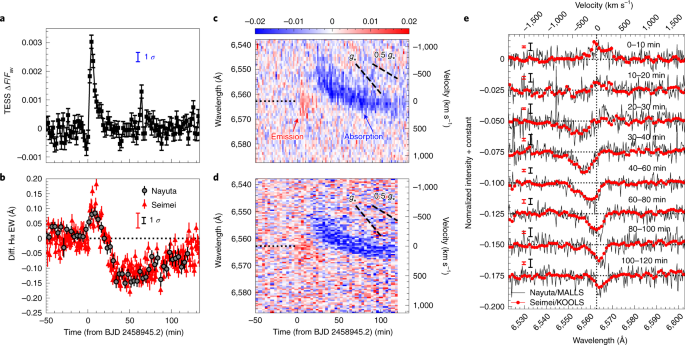
 www.nature.com
www.nature.com
Astronomers spying on a stellar system located dozens of lightyears from Earth have, for the first time, observed a troubling fireworks show: A star, named EK Draconis, ejected a massive burst of energy and charged particles much more powerful than anything scientists have seen in our own solar system.
Still, Notsu noted that huge mass ejections may have been much more common in the early years of the solar system. Gigantic coronal mass ejections, in other words, could have helped to shape planets like Earth and Mars into what they look like today.
“The atmosphere of present-day Mars is very thin compared to Earth’s,” Notsu said. “In the past, we think that Mars had a much thicker atmosphere. Coronal mass ejections may help us to understand what happened to the planet over billions of years.”

A young sun-like star may hold warnings for life on Earth
Artist's depiction of the star EK Draconis ejecting a coronal mass ejection as two planets orbit. (Credit: National Astronomical Observatory of
Related paper:
Probable detection of an eruptive filament from a superflare on a solar-type star
Abstract
Solar flares are often accompanied by filament/prominence eruptions (~104 K and ~1010−11 cm−3), sometimes leading to coronal mass ejections that directly affect the Earth’s environment1,2. ‘Superflares’ are found on some active solar-type (G-type main-sequence) stars3,4,5, but the filament eruption–coronal mass ejection association has not been established. Here we show that our optical spectroscopic observation of the young solar-type star EK Draconis reveals evidence for a stellar filament eruption associated with a superflare. This superflare emitted a radiated energy of 2.0 × 1033 erg, and a blueshifted hydrogen absorption component with a high velocity of −510 km s−1 was observed shortly afterwards. The temporal changes in the spectra strongly resemble those of solar filament eruptions. Comparing this eruption with solar filament eruptions in terms of the length scale and velocity strongly suggests that a stellar coronal mass ejection occurred. The erupted filament mass of 1.1 × 1018 g is ten times larger than those of the largest solar coronal mass ejections. The massive filament eruption and an associated coronal mass ejection provide the opportunity to evaluate how they affect the environment of young exoplanets/the young Earth6 and stellar mass/angular momentum evolution7.

Probable detection of an eruptive filament from a superflare on a solar-type star - Nature Astronomy
An energetic eruptive filament on EK Draconis most probably launched a coronal mass ejection with a mass ten times larger than the largest solar coronal mass ejection. Studying such ejections provides insight into stellar angular momentum loss and the habitability of orbiting planets.

